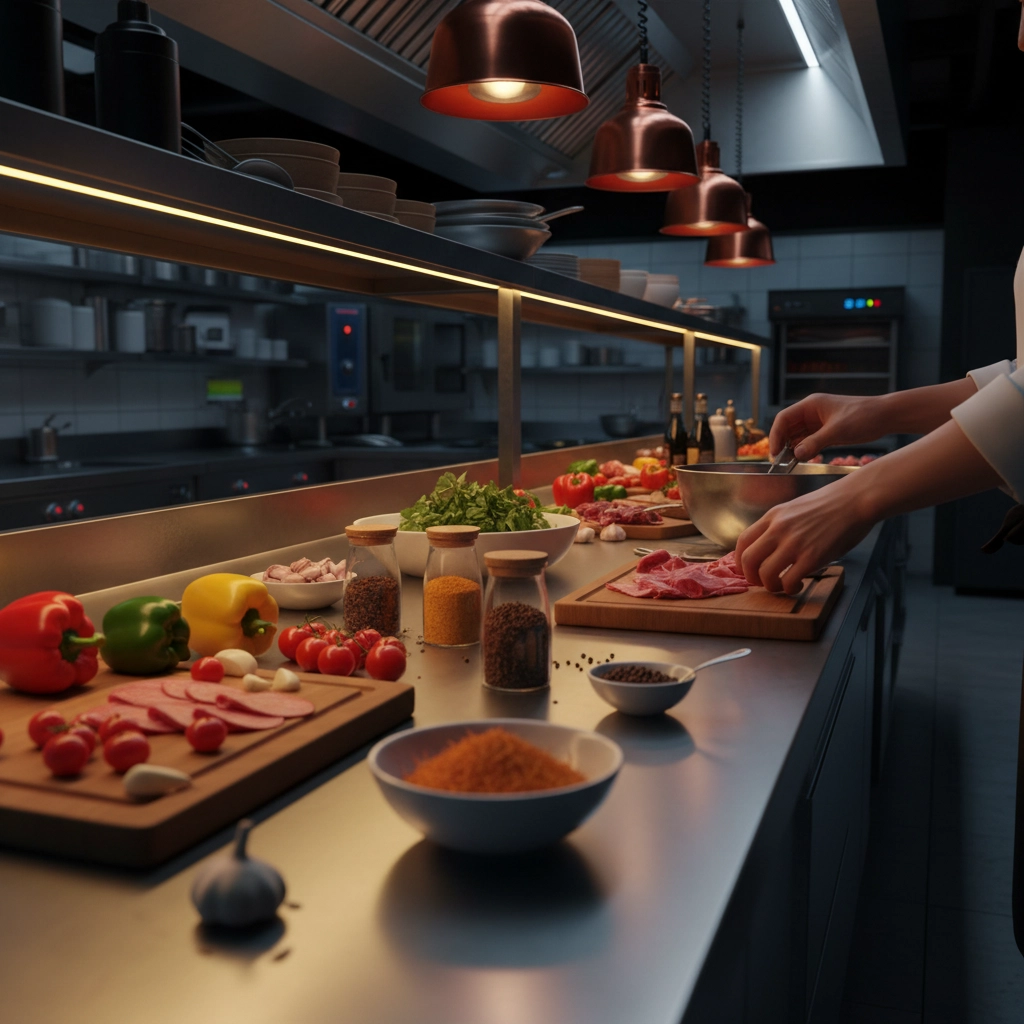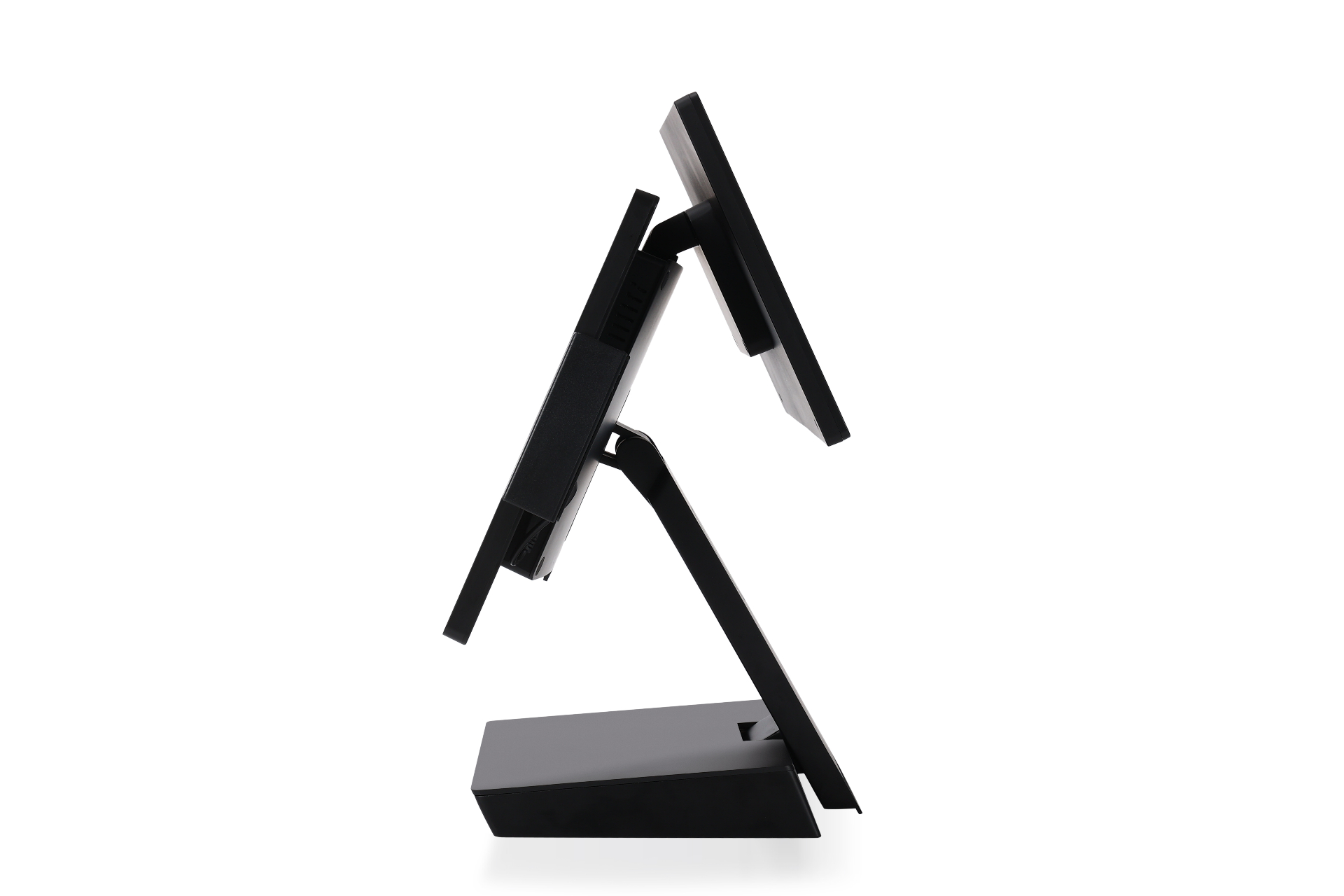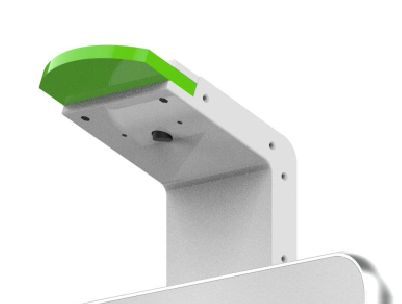
The trade winds shifted dramatically in March 2025 when President Trump implemented sweeping 25% tariffs on most Canadian imports, with energy products facing a 10% levy. Canada's swift retaliation with its own 25% tariffs on $30 billion worth of American goods created a perfect storm that's still reshaping how Canadian restaurants operate today.
For restaurant owners across Canada, these aren't just numbers on a policy paper: they're real costs hitting bottom lines every single day. The National Restaurant Association warned that these tariffs could drain up to $12.1 billion from the industry, potentially slashing profits by 30% for the average independent restaurant. That's enough to make any owner lose sleep, but here's the thing: smart technology adoption is helping forward-thinking restaurants not just survive, but actually thrive in this new reality.
Walk into any Canadian restaurant today, and you'll hear owners talking about the same challenges. Food costs that were already climbing 3-5% annually have accelerated beyond anyone's projections. Meat prices jumped 4-6%, vegetables increased 3-5%, and overall restaurant prices climbed another 3-5%: and that was before the full tariff impact kicked in.
Independent restaurants are getting hit hardest. Unlike major chains with massive purchasing power and flexible supply networks, smaller operators face impossible choices: absorb the increased costs and watch margins disappear, or raise menu prices and risk losing customers to competitors.
The supply chain disruption goes beyond simple price increases. Restaurant owners are discovering that products they've relied on for years are suddenly unavailable or prohibitively expensive. American specialty ingredients, equipment, and even packaging materials now carry hefty tariff premiums. Canadian suppliers are struggling to meet increased demand, creating bottlenecks and quality inconsistencies that affect the customer experience.

This is where technology transforms from a nice-to-have into a survival tool. The restaurants weathering this storm best are those leveraging intelligent systems to optimize every aspect of their operations. Modern POS systems, self-service kiosks, and integrated management platforms aren't just processing transactions: they're providing the data insights and operational efficiency that make the difference between profit and loss.
Consider inventory management alone. Traditional paper-based tracking or basic spreadsheets can't compete when every purchasing decision impacts profitability. Advanced POS systems track ingredient usage in real-time, predict demand patterns, and identify waste opportunities that directly translate to cost savings. When margins are tight, knowing exactly how much of each ingredient you're using: and when you're using it: becomes critical intelligence.
Labor costs represent another major opportunity. With food costs rising, restaurants can't afford to increase wages proportionally while maintaining competitive pricing. Self-service kiosks and streamlined POS systems reduce the labor required per transaction while actually improving order accuracy and customer satisfaction.

The most successful restaurants are treating technology as a profit center, not an expense. Modern point-of-sale systems deliver insights that were impossible to capture manually. They track which menu items generate the highest margins, identify peak efficiency hours, and highlight opportunities to optimize staffing levels.
Self-checkout kiosks are particularly powerful in this environment. They reduce labor costs per transaction while providing upselling opportunities that human cashiers often miss. More importantly, they generate consistent customer data that helps restaurants understand purchasing patterns and adjust inventory accordingly.
Digital menu boards and kitchen display systems eliminate paper waste while providing real-time menu modifications. When tariff-affected ingredients spike in price, restaurants can instantly adjust offerings or promote higher-margin alternatives. This agility was luxury before: now it's essential for survival.

The restaurants thriving despite tariff pressures share one common trait: they're making decisions based on real data, not gut feelings. Comprehensive POS analytics reveal which products, times, and customer segments generate the best returns. This information guides everything from purchasing decisions to staffing schedules.
Integration capabilities matter more than ever. When your POS system connects seamlessly with inventory management, accounting software, and supplier platforms, you eliminate manual data entry while gaining complete operational visibility. Restaurant owners can spot problems before they become crises and identify opportunities their competitors miss.
Customer behavior analytics help restaurants adapt menu offerings to current economic realities. Understanding which price points customers accept, which items drive repeat visits, and which promotions actually increase profitability enables precise menu engineering that maximizes revenue per customer.
Kitchen display systems represent another significant efficiency gain. They eliminate paper tickets, reduce order errors, and provide timing data that helps optimize kitchen workflows. When labor costs are rising and customer expectations remain high, these improvements directly impact profitability.
Automated inventory tracking through integrated scales and scanners reduces waste while ensuring accurate cost calculations. Restaurant owners can identify exactly which dishes generate profit and which drain resources. This granular understanding enables menu adjustments that maintain customer satisfaction while improving margins.

The tariff situation highlights a broader truth: restaurant success increasingly depends on operational flexibility and data-driven decision making. The establishments investing in comprehensive technology platforms today are building resilience against future economic disruptions.
Cloud-based systems provide scalability and remote management capabilities that help restaurant owners respond quickly to changing conditions. Whether adjusting to new suppliers, modifying menu offerings, or optimizing staffing levels, modern restaurant technology provides the agility essential for long-term success.
Customer experience remains paramount, and technology helps maintain service quality even while managing increased costs. Self-service options reduce wait times, digital ordering platforms provide convenience, and integrated payment processing ensures smooth transactions regardless of economic pressures.
Canadian restaurants face ongoing challenges from tariff impacts, but those embracing comprehensive technology solutions are discovering unexpected advantages. Improved efficiency, better customer insights, and streamlined operations create competitive advantages that extend far beyond current economic difficulties.
The key lies in viewing technology as strategic investment rather than operational expense. The restaurants emerging stronger from this period are those using intelligent systems to optimize every aspect of their operations while maintaining the customer experience that builds loyalty.
Ready to transform your restaurant's efficiency and profitability? Discover how BK Touch's comprehensive retail technology solutions can help your establishment thrive despite economic challenges. Visit our website to explore POS systems, self-service kiosks, and integrated platforms designed specifically for the modern restaurant industry.
Bolder > Boundless > Better > Technology.